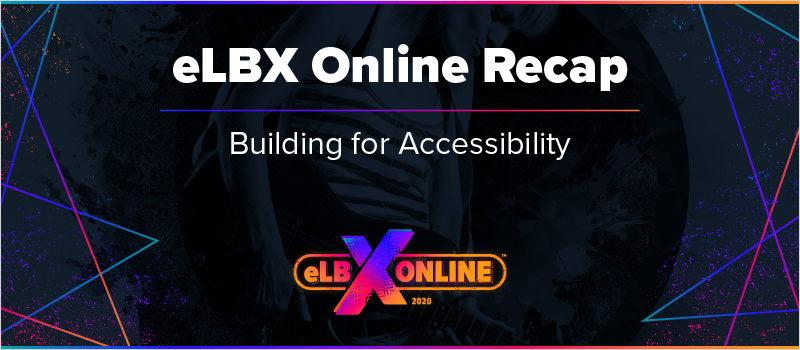
New or fairly new to designing for accessibility? This session covered best practices for designing for accessibility, as well as tools and features in Lectora that can help automate and simplify the design process.
What Is Accessibility?
Accessibility in eLearning: An online learning experience that as many people as possible can participate in.
This means that people with disabilities should be able to equally perceive, understand, navigate, and interact with your learning content.
Types of Disabilities
- Without Vision
- Low Vision
- Color Blindness
- Deaf
- Hard of Hearing
- Without Speech
- Limited Manipulation
- Limited Reach and Strength
- Limited Language, Cognitive, and Learning Abilities
Assistive Technologies
- Eyeglasses
- Hearing Aids
- Canes
- Wheelchairs
- Software:
- Text to Speech
- Speech to Text Converters
- Screen Magnifiers
- On-screen Keyboards
Section 508 is a United States set of requirements for making electronic resources and information technology accessible to people with disabilities.
Web Content Accessibility Guidelines (WCAG) are global guidelines on how to implement solutions that will make your courses (or websites) accessible to your learners. These guidelines map tightly to Section 508.
The WCAG pages from the Web Accessibility Initiative offer tons of guidance and support for those trying to understand and follow WCAG.
Lucky for you, if you use Lectora® authoring tool, a lot of the accessibility legwork is done for you by the tool.
Accessibility vs Usability vs Inclusivity
These terms are often used interchangeably and in the same conversation. They’re not all the same, however.
- Accessibility is the what and how of best practices to make your course accessible to disabled users.
- Usability is a set of good design practices to make your courses easy to use and help your users to easily access your information and easily navigate your course.
- Inclusivity is often the result of making your course accessible, usable, and approachable to people with varied backgrounds, languages, and working environments.
Building for accessibility involves thinking about these requirements ahead of time. Familiarize yourself with 508 and WCAG guidelines before you start building to prevent re-work.
In this eLBX Online session, we covered these guidelines and how using Lectora streamlines building for accessibility.
Download this free Lectora accessibility development checklist.








